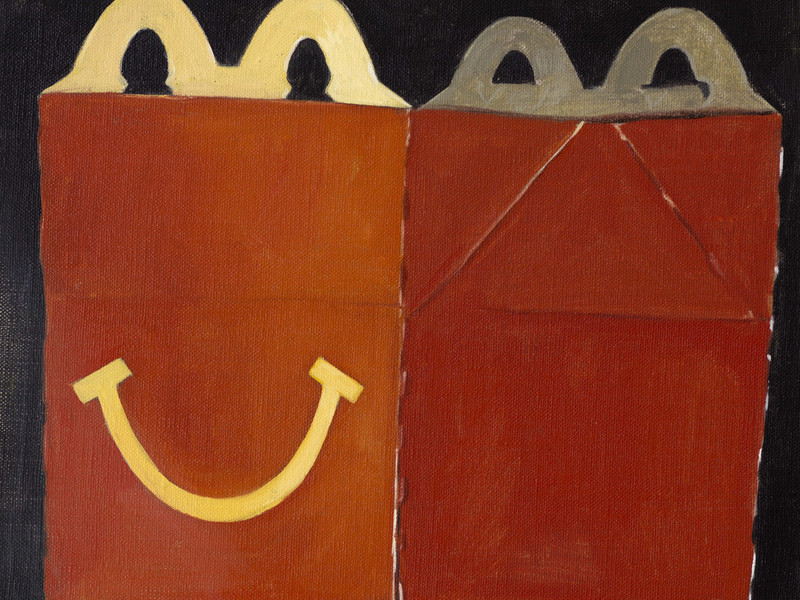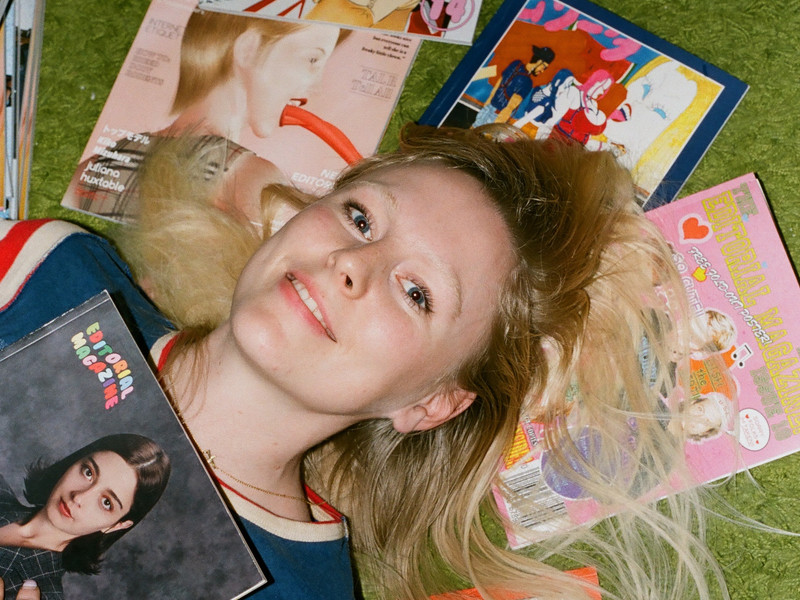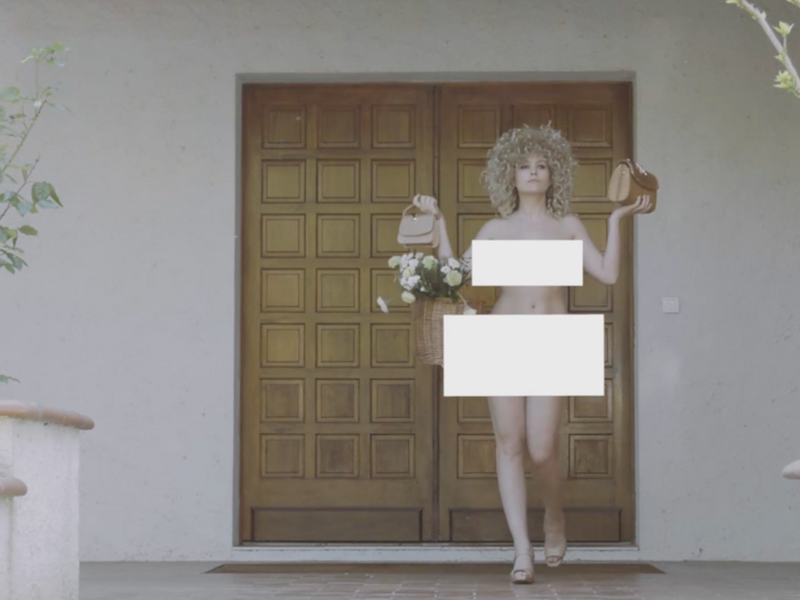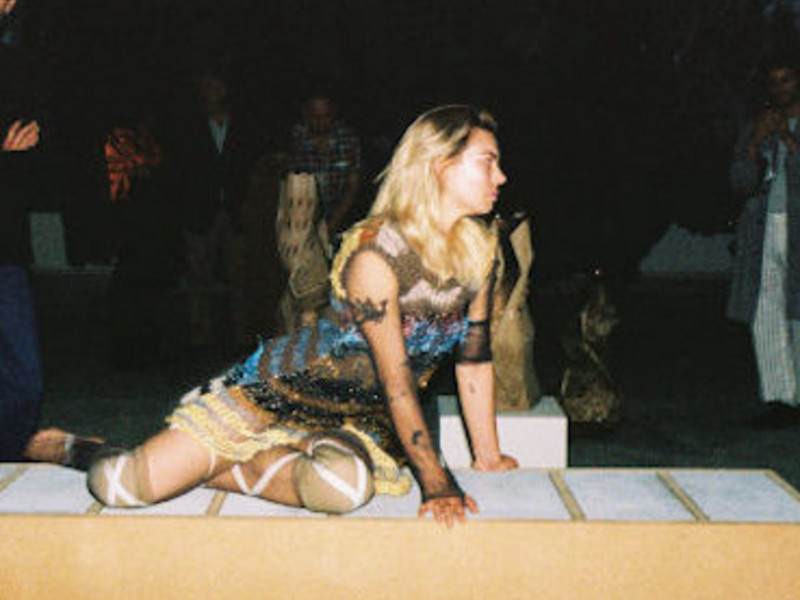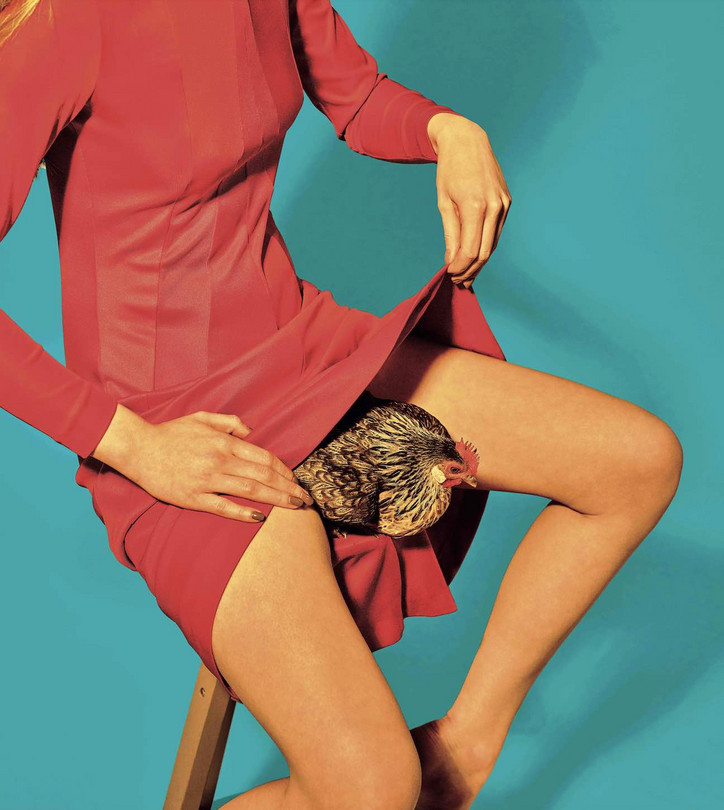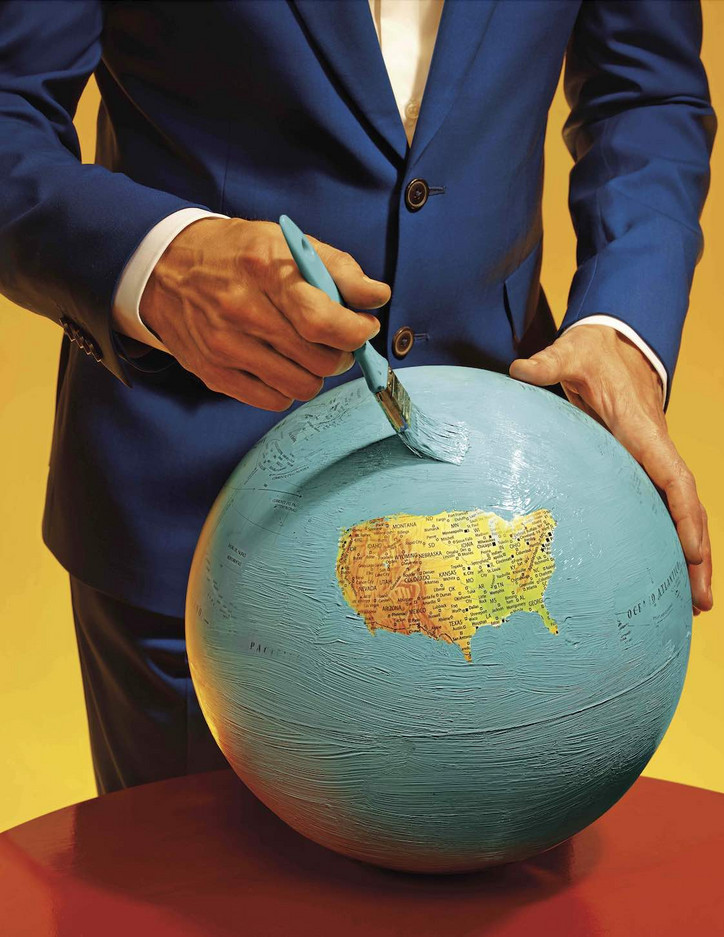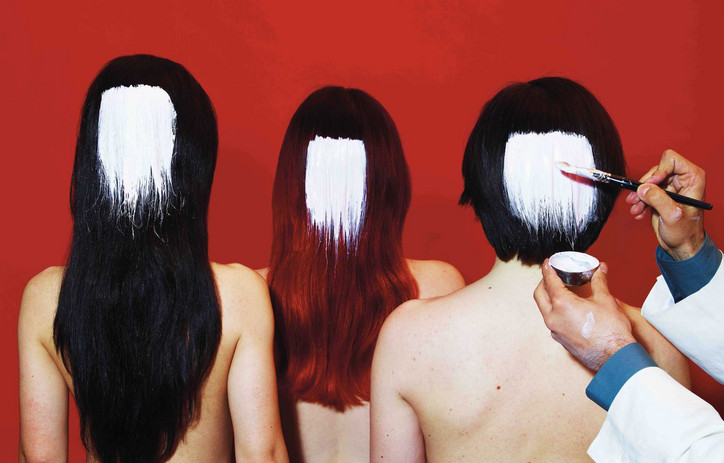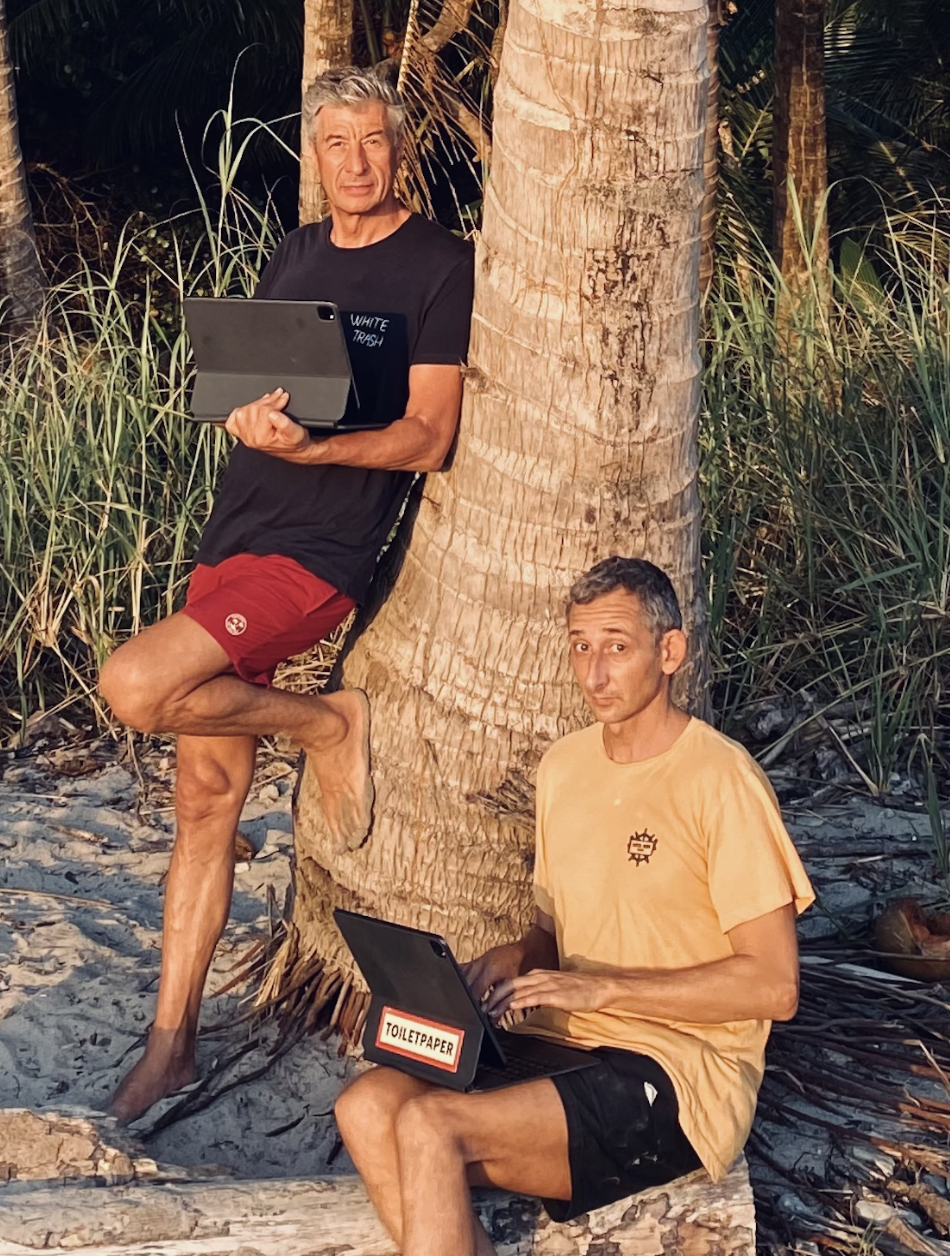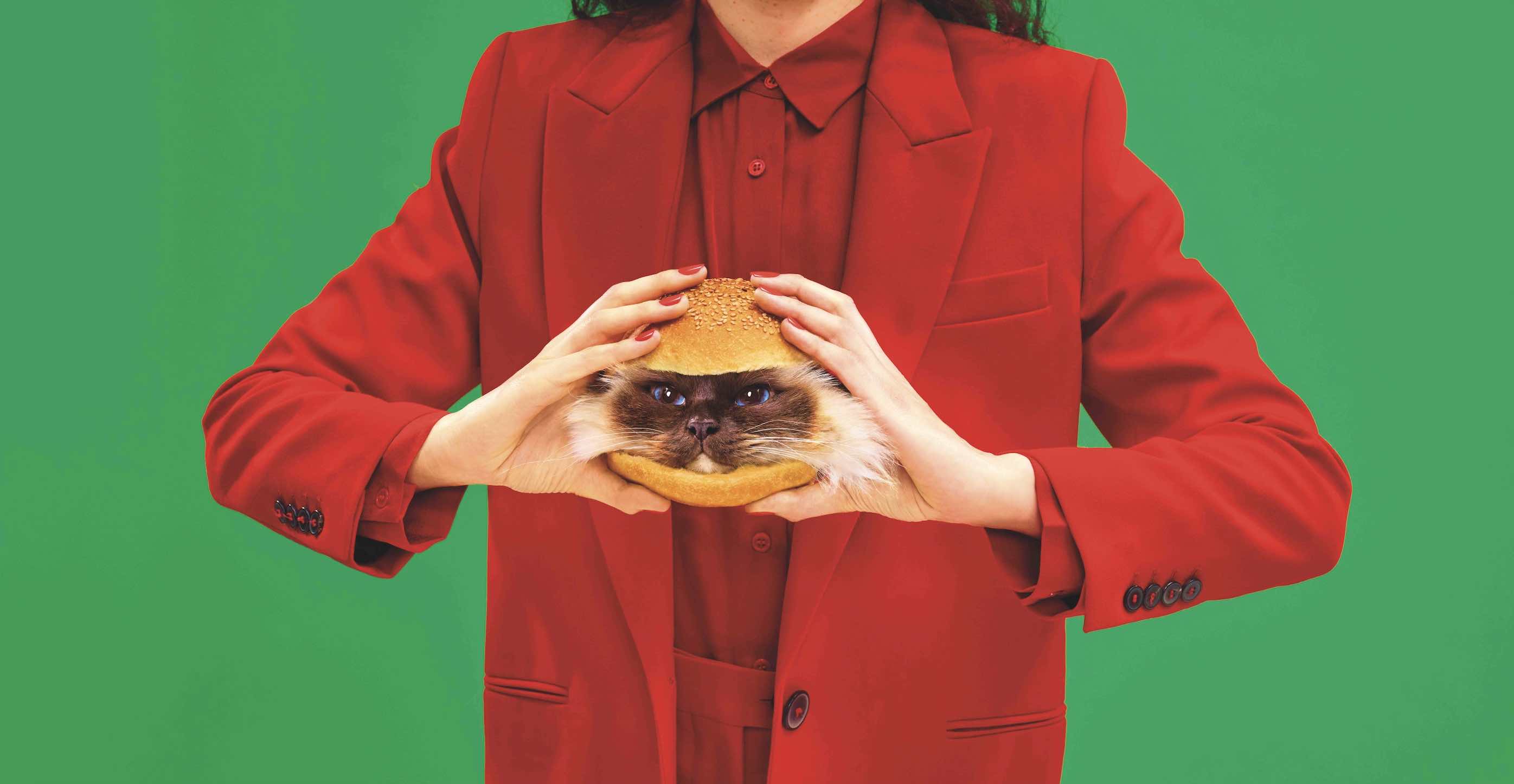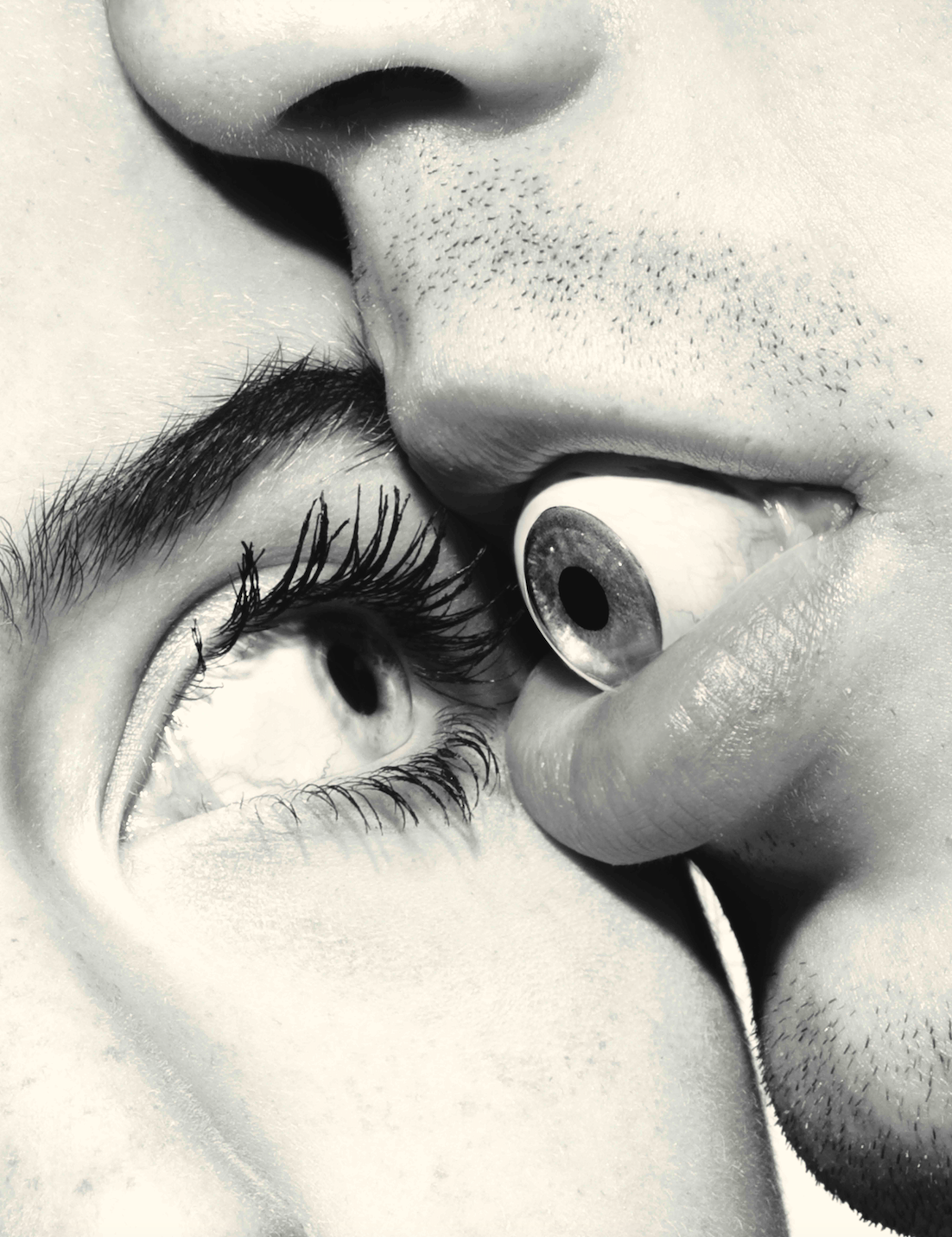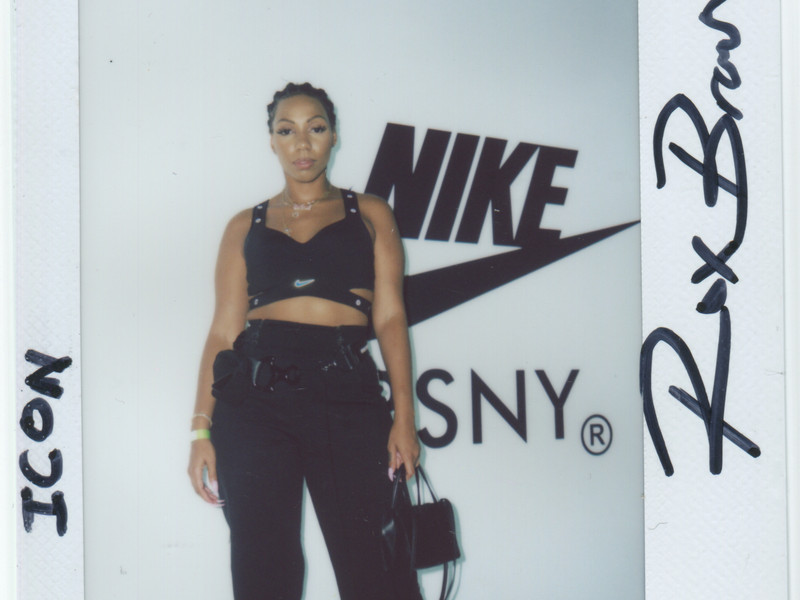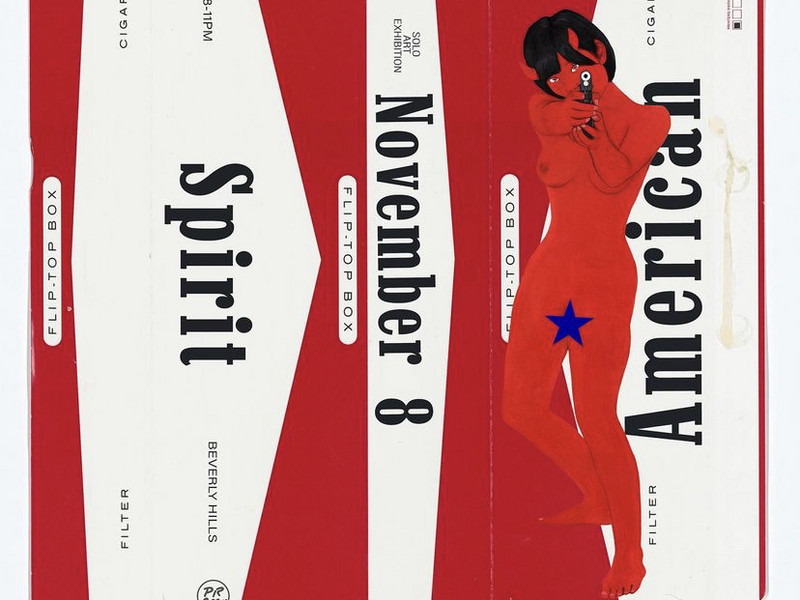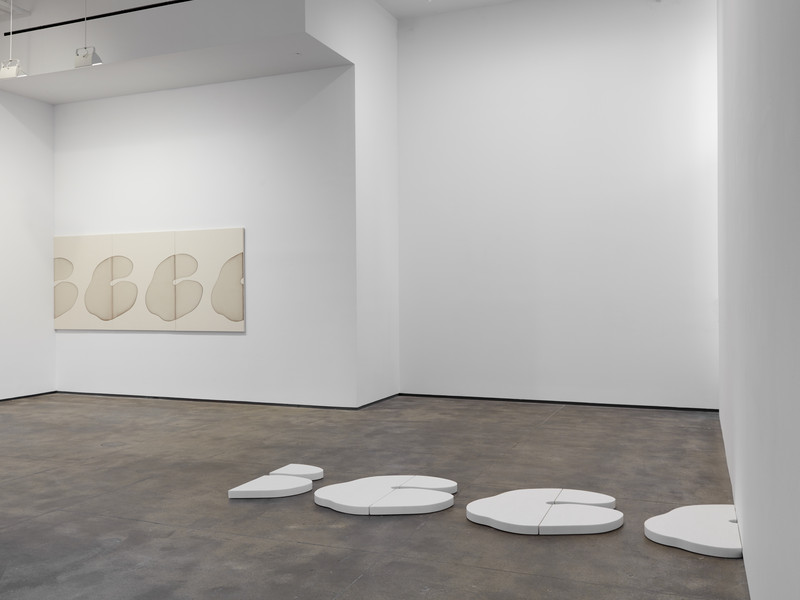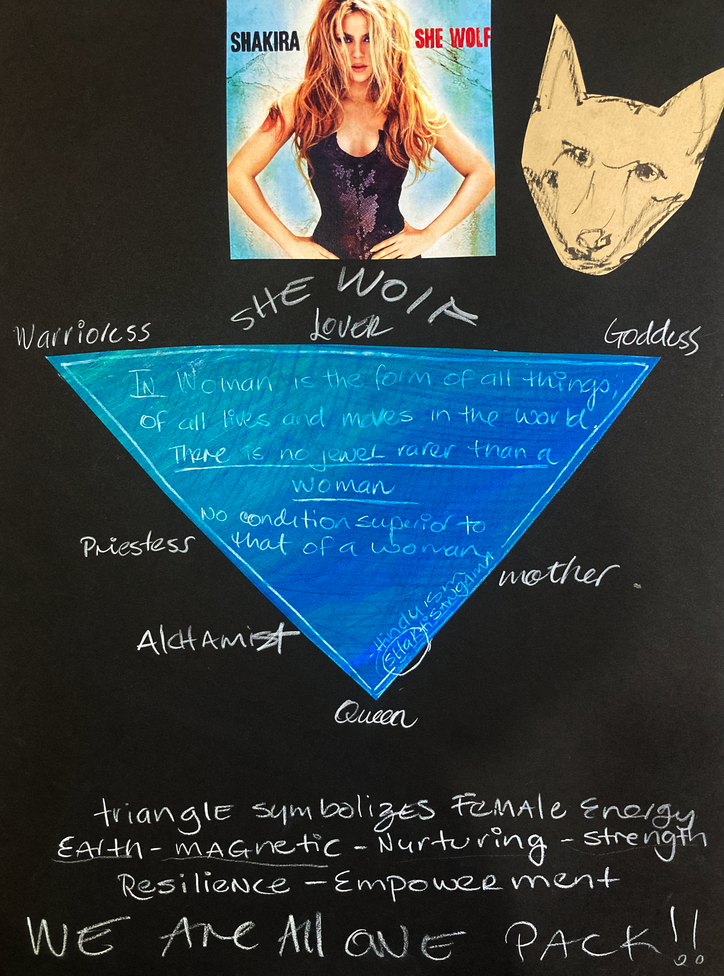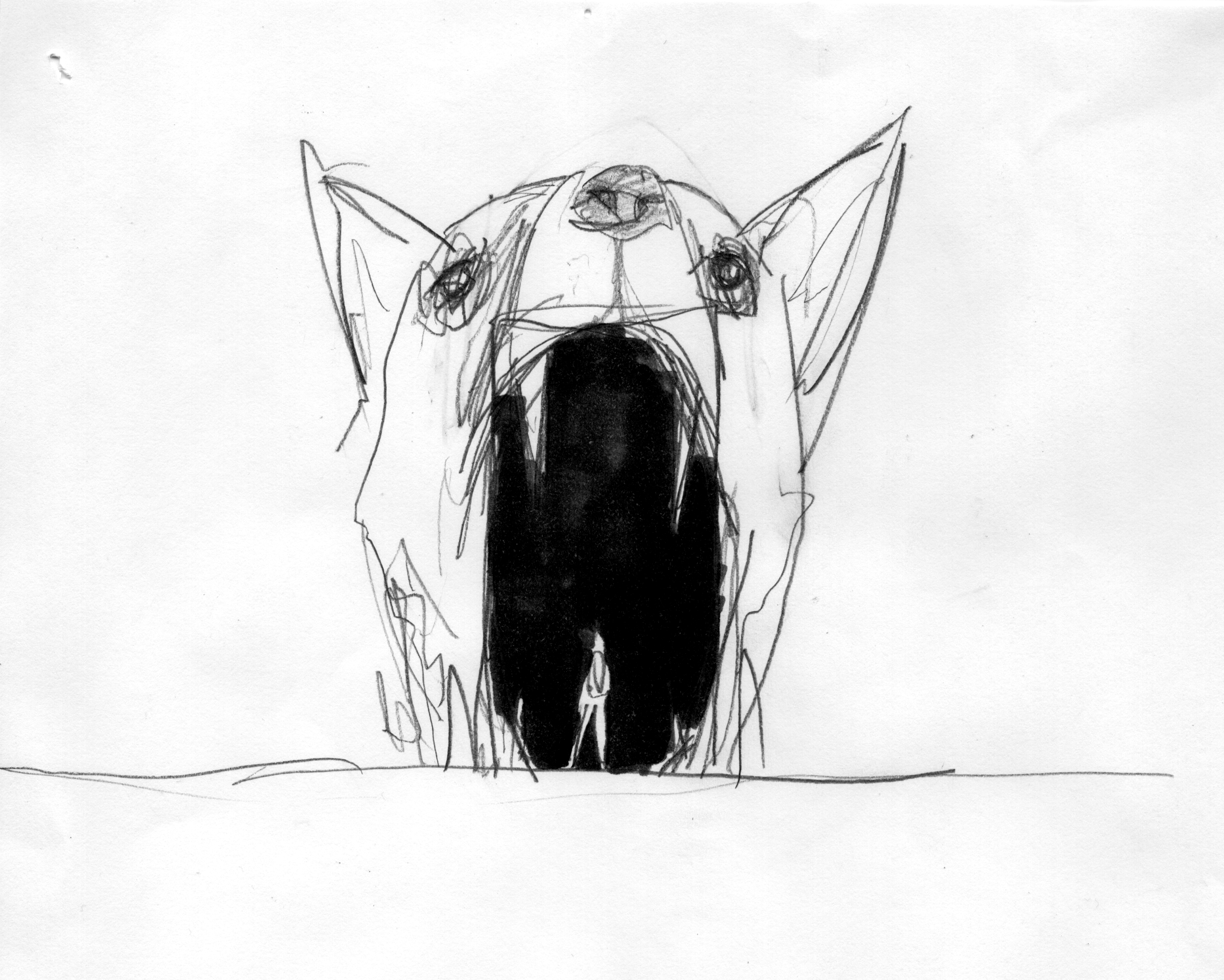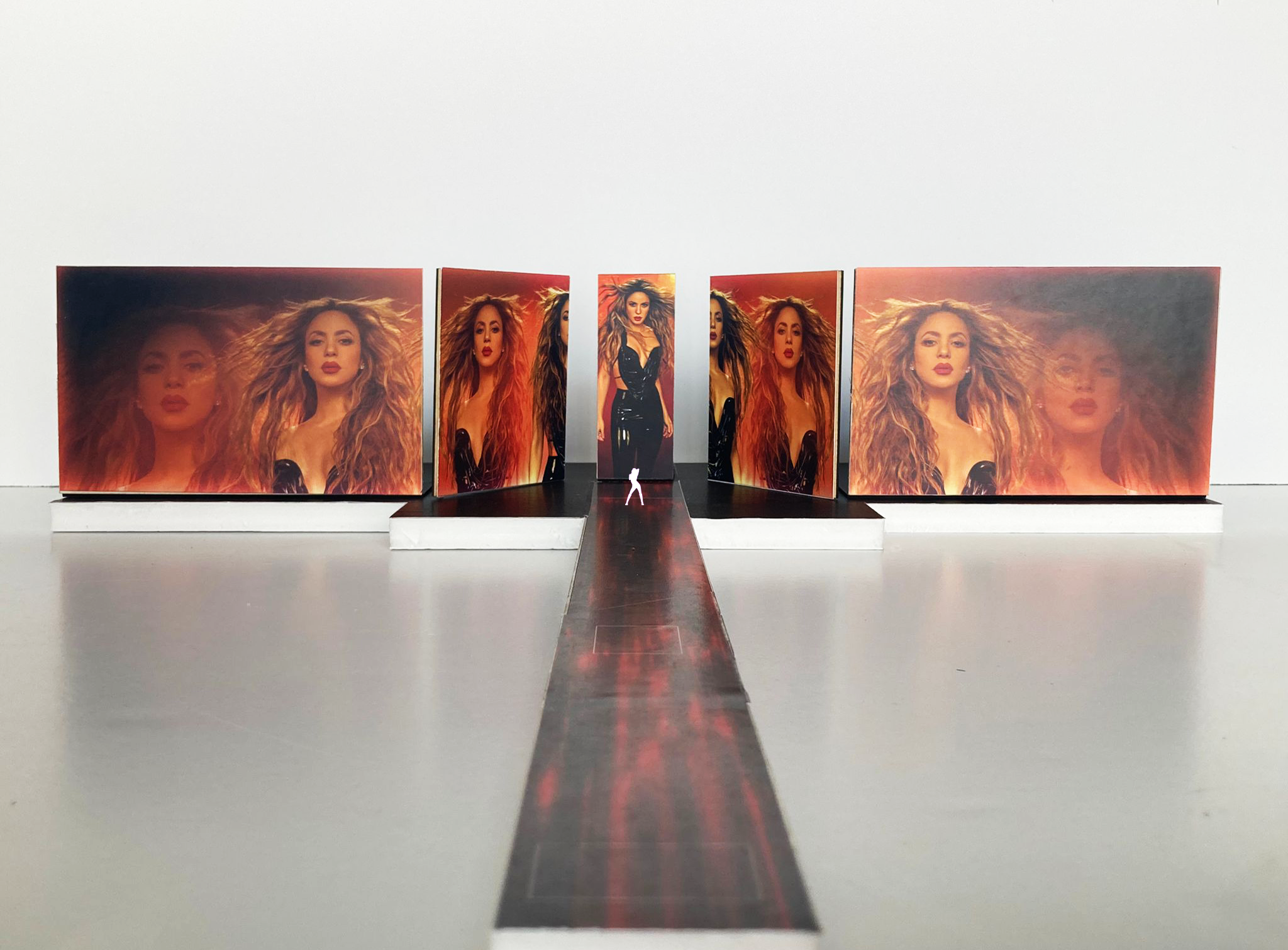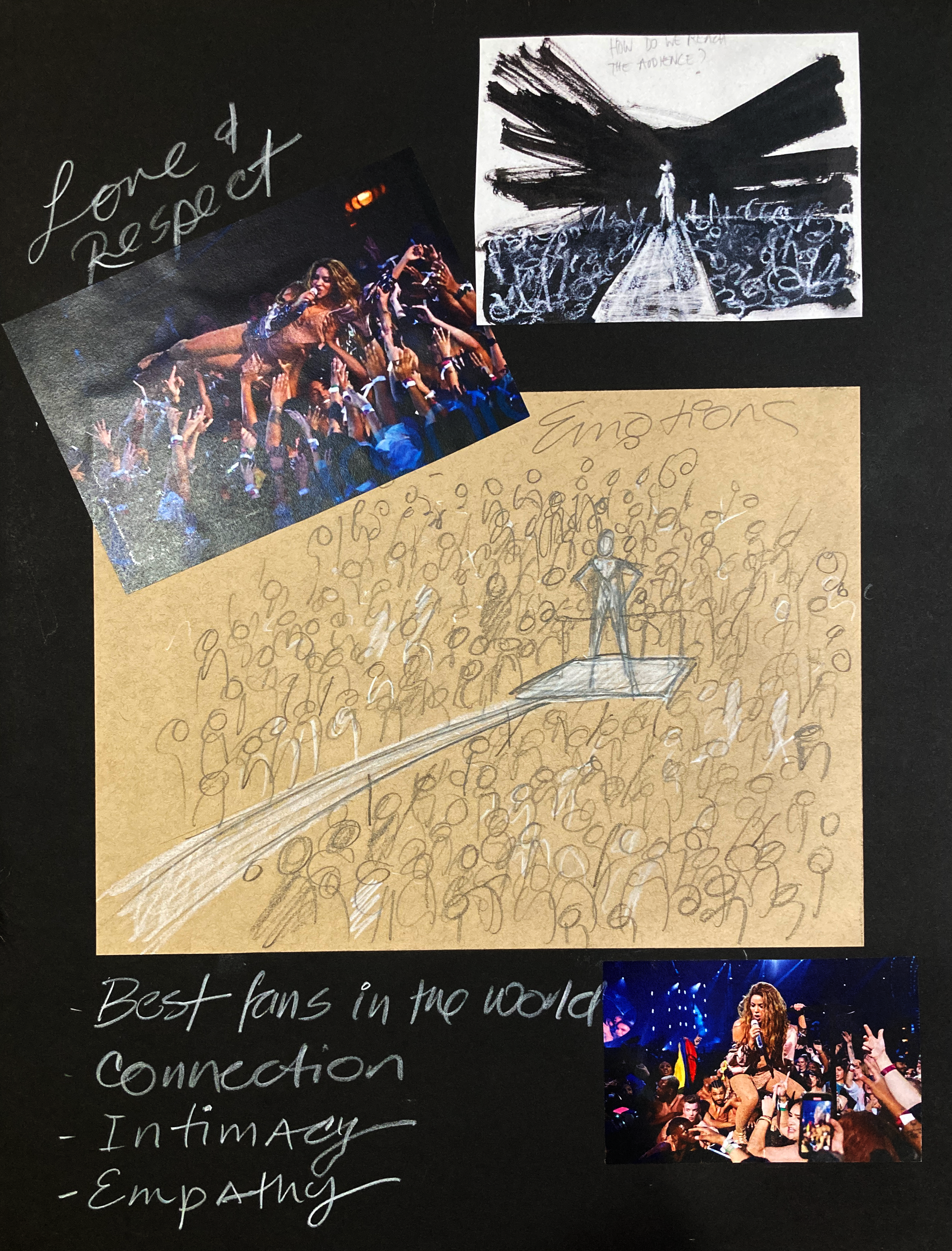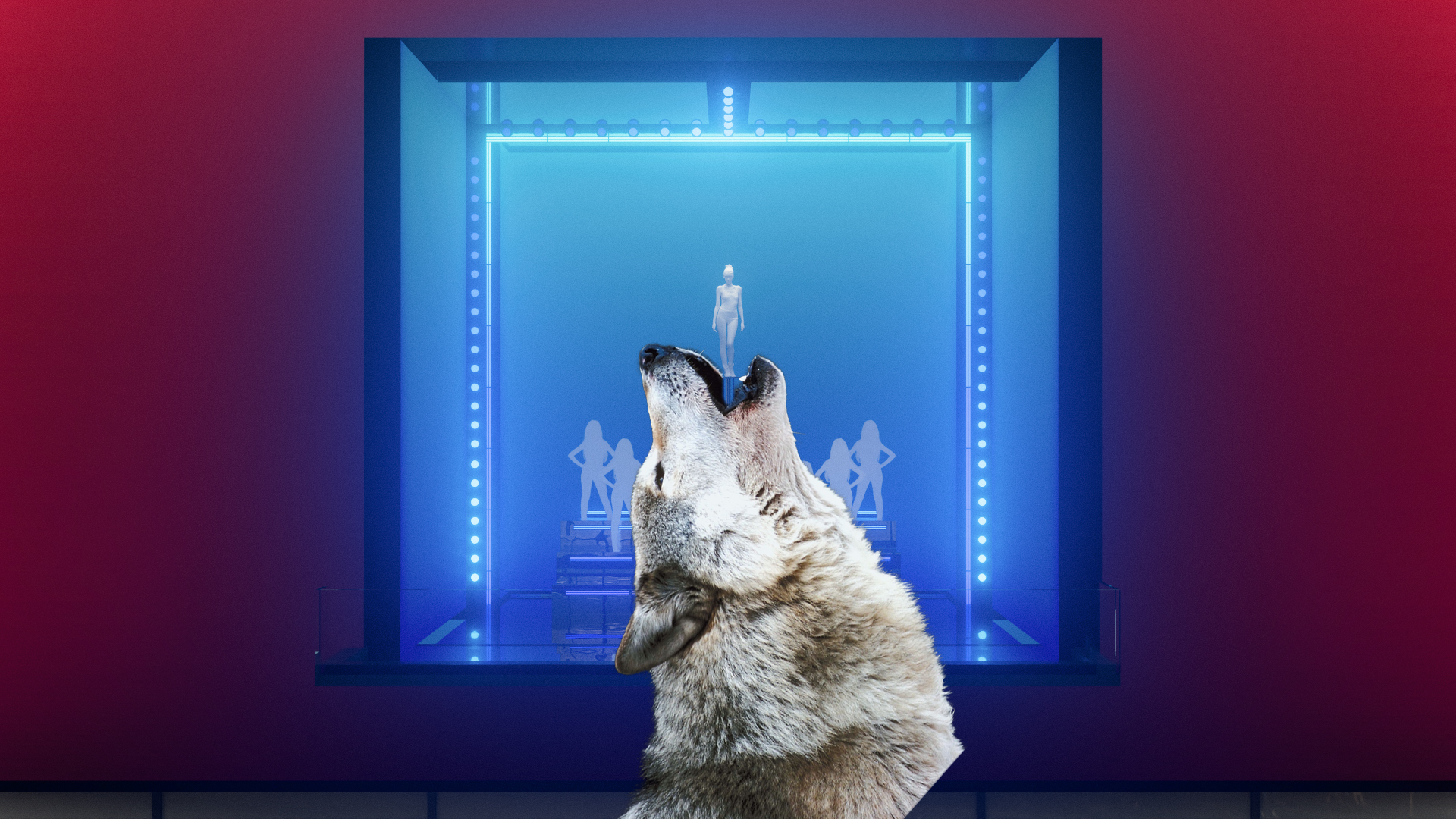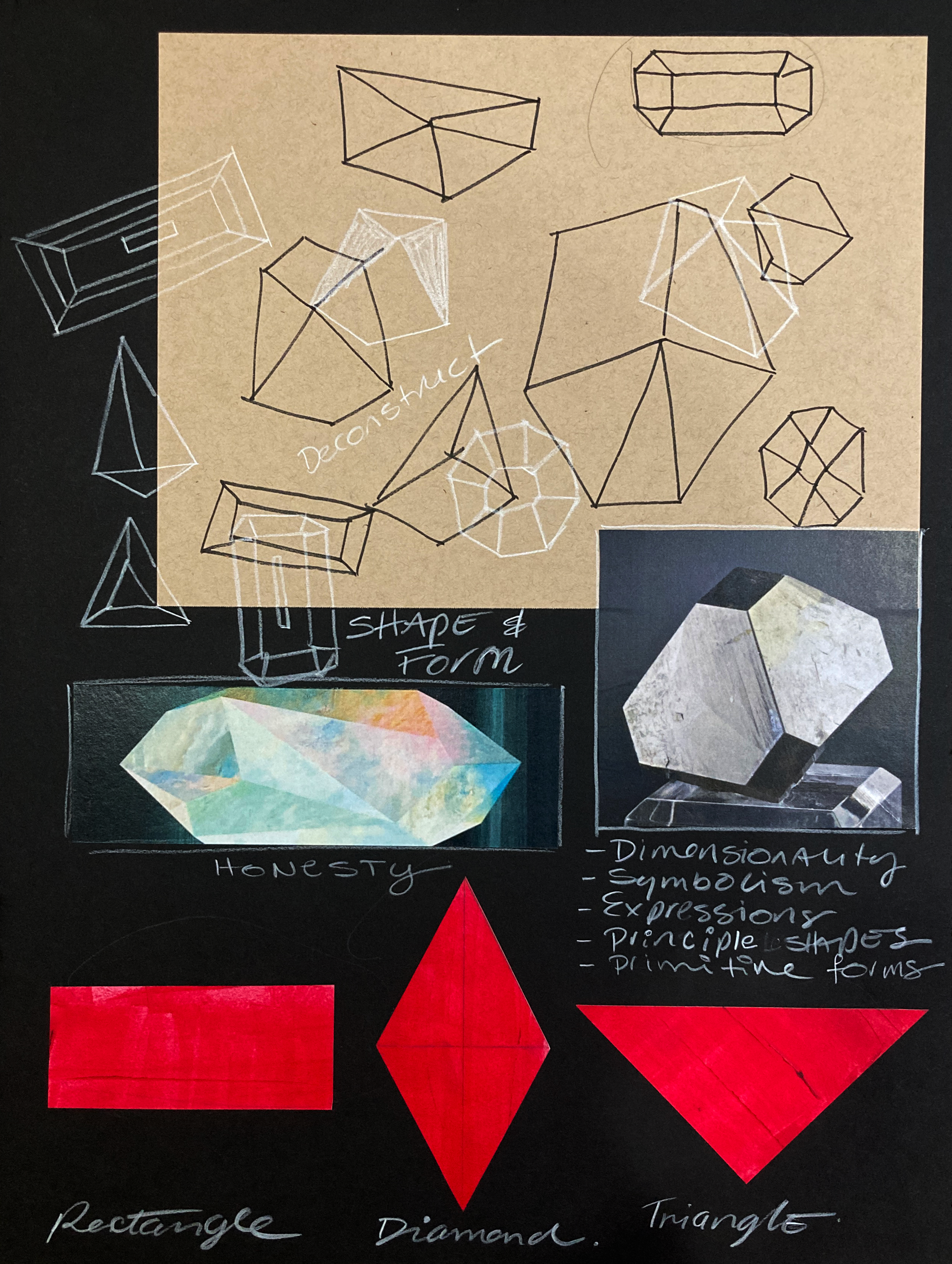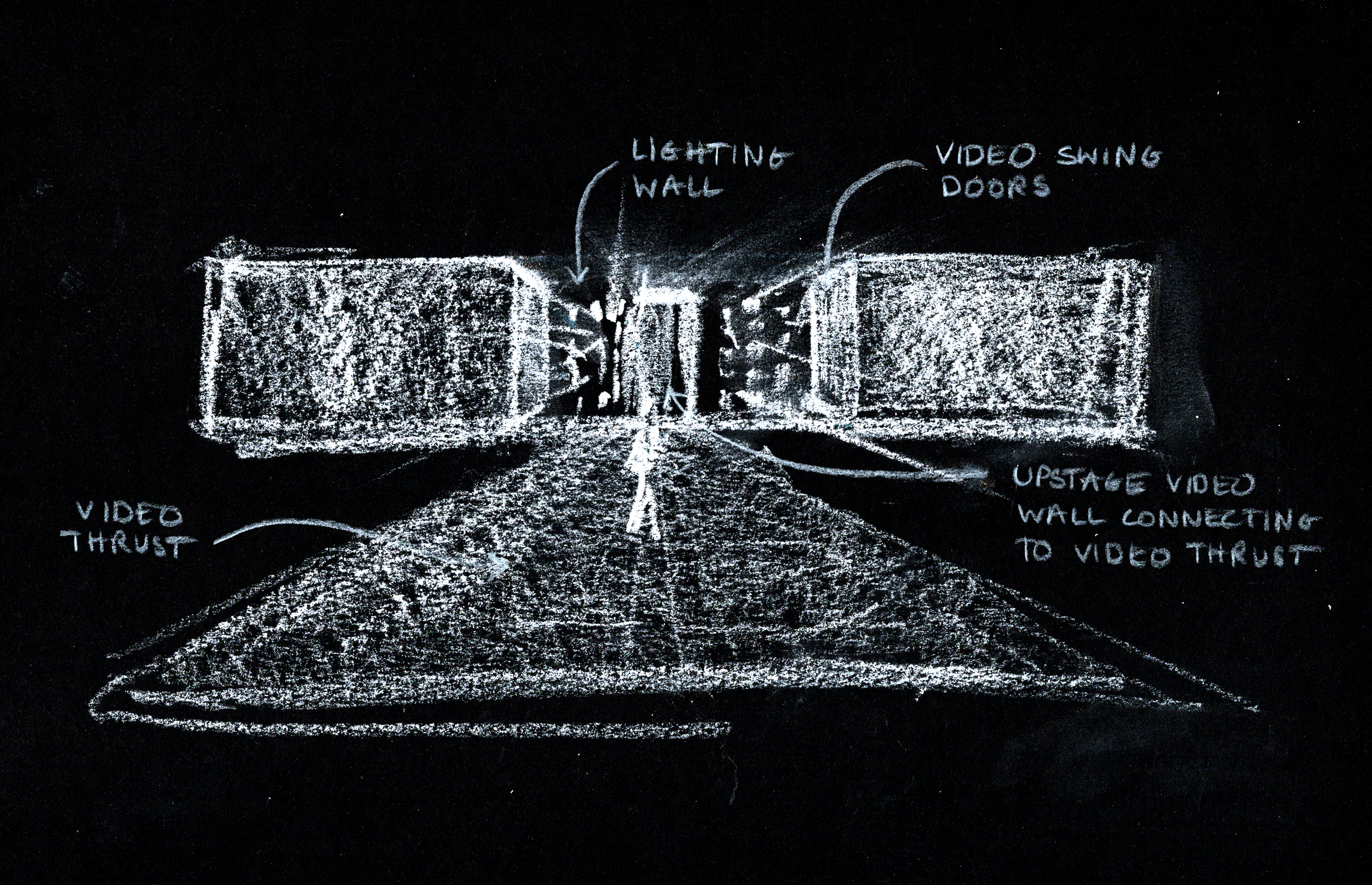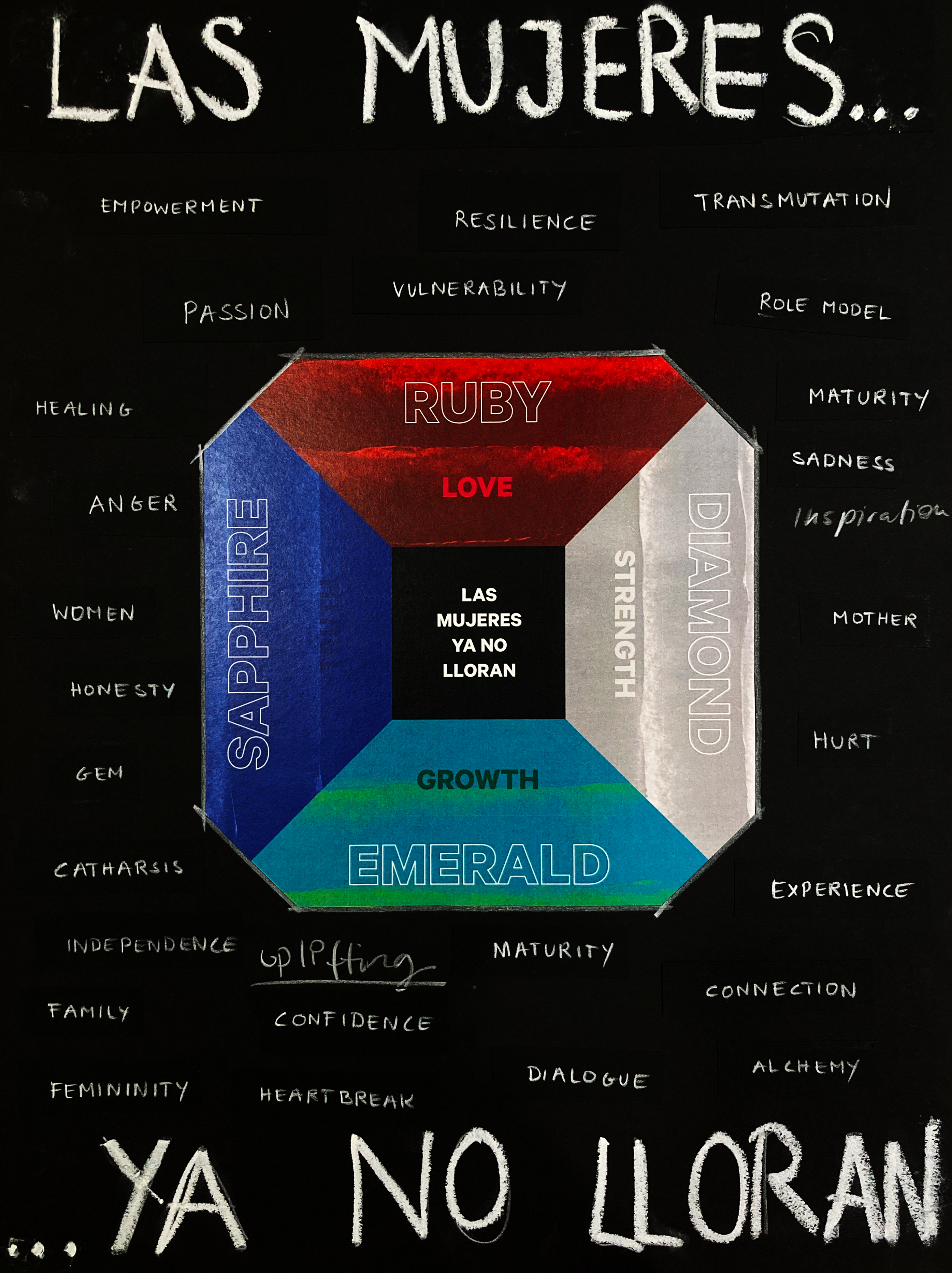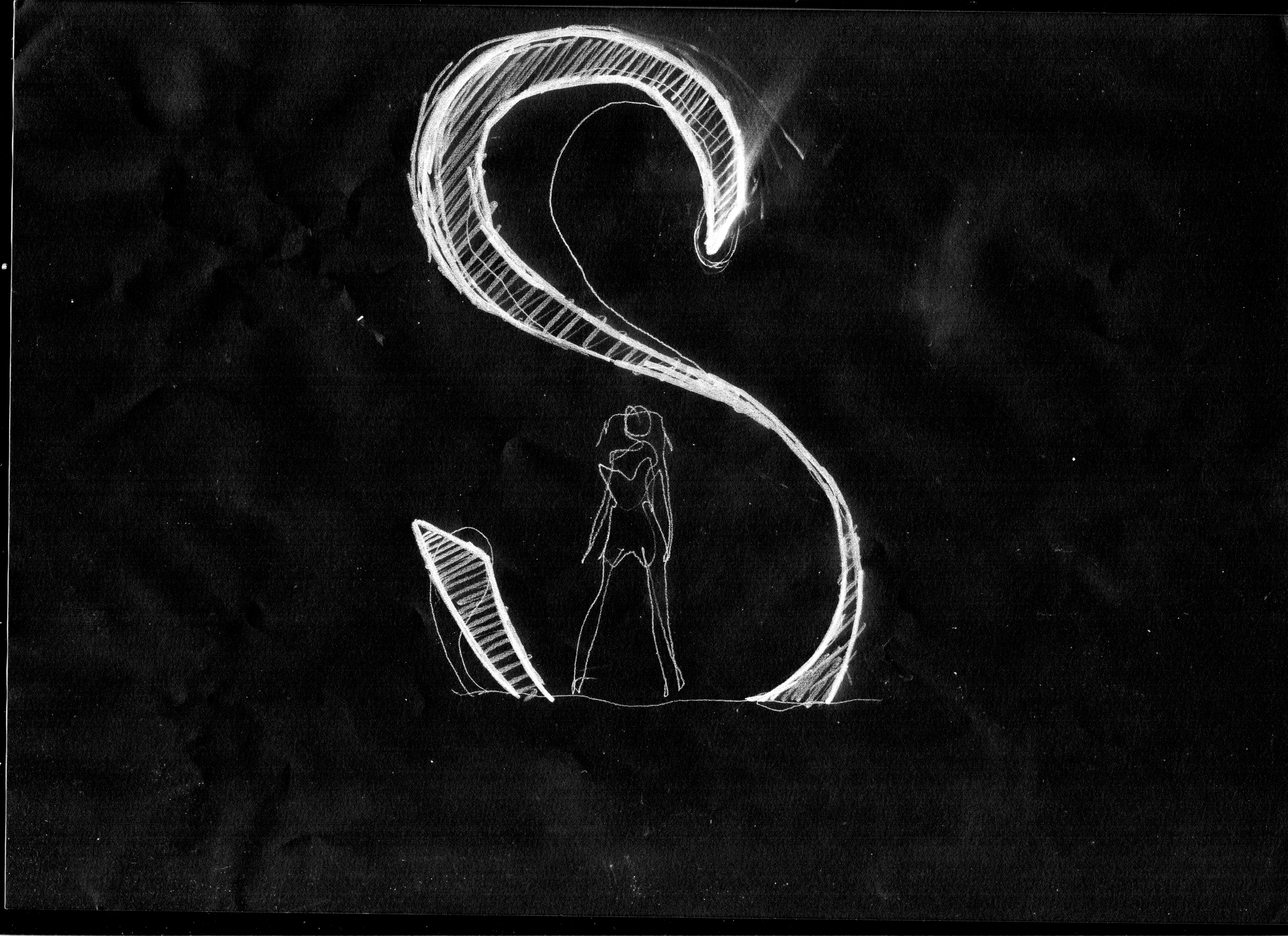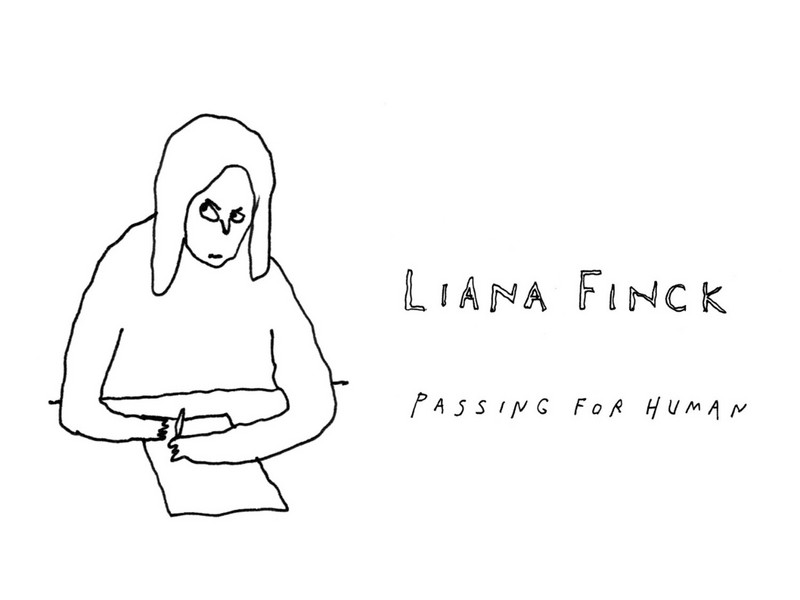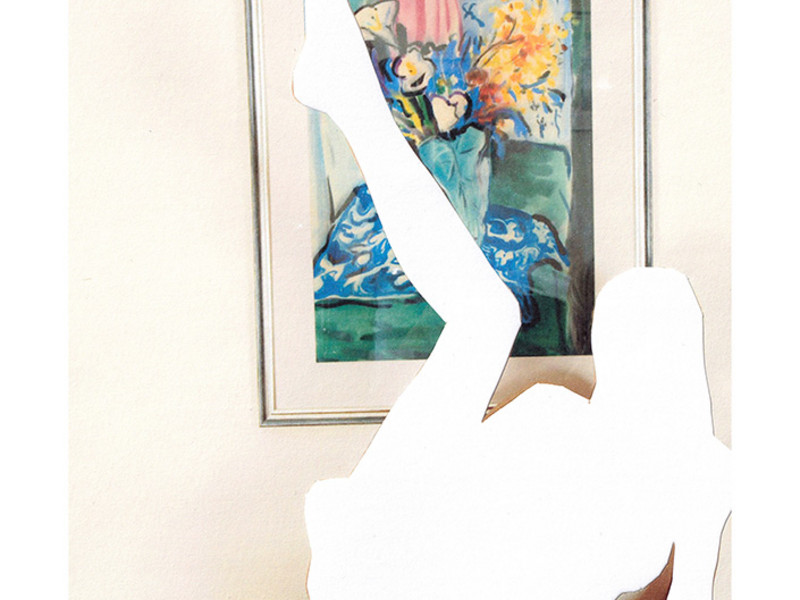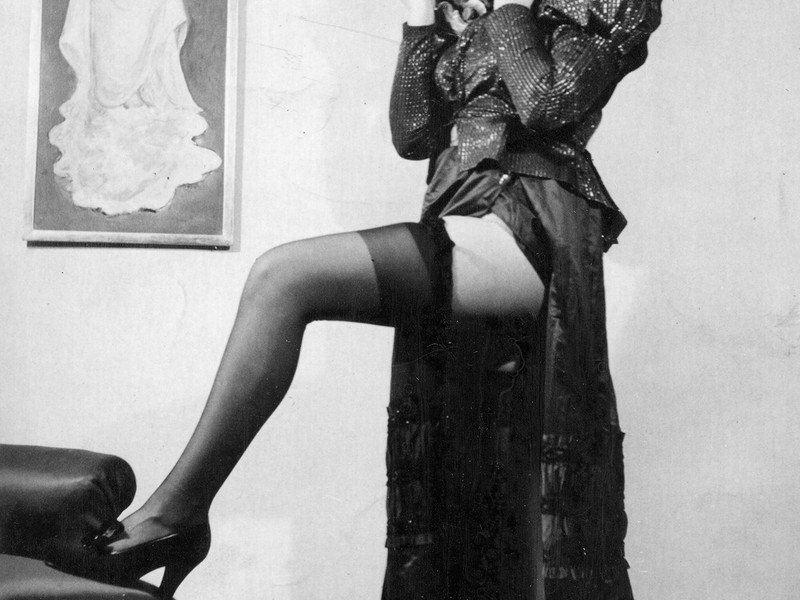Heather Hart Talks 'The Oracle of Lacuna'
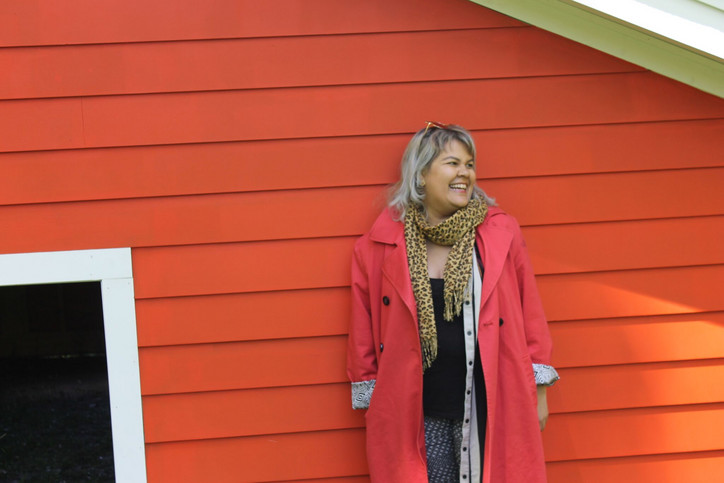
office sat down with Heather Hart to talk about the new installation and how its structure will serve as a catalyst for various medium-spanning interpretations, as well as her own medium-spanning research in preparing the sculpture and what she hopes visitors take away from the unique experience.
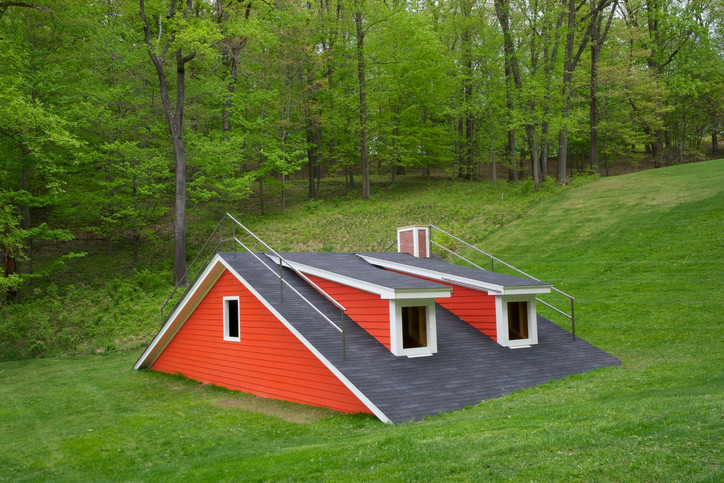
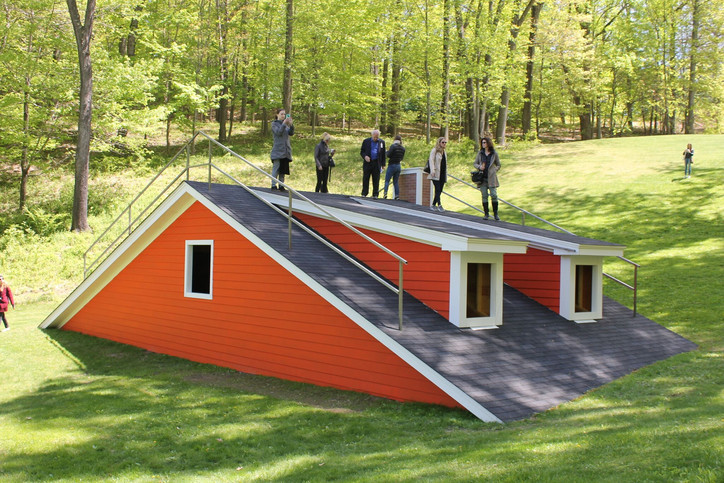
How did your involvement with Storm King come about?
Years ago, I visited Storm King. I have mentors who had shown their work here, but I was an artist in residence at LMCC when I met Nora, who curated my piece at Storm King, as she came through to do studio visits in 2013. She kept an eye on my work, I presume, and then reached out.
You have previously said that you are inspired by storytelling traditions that often oppose official written history. Could you give us some examples?
It's not that I favor oral history per se, but I think it holds equal weight and is often overlooked or dismissed. In 2011 I took a research trip that led me from my home in Brooklyn to a small town in North Carolina, following my father’s family line. There I found a microfiche for an 1877 marriage license of my great grandfather’s mother. It was a marriage between Winnie Wells and Julius Hart. But her name was Minnie. Was it the way she spoke or the clerk’s listening skills that left her name lost in translation? With a one-letter error in transcription, Minnie had disappeared for over a century. Our “factual” records are full of errors like these: a census taker’s handwriting or the subject’s accent changes a name or a race or a date. And that changes our history.
On a subsequent trip to Massachusetts, I found an essay that was based on an interview with my great-grandfather. The son of a slave, he had moved North from Virginia at 17 years old, alone, ten years before the Great Migration. In this essay, he mentions the tribe in Africa from which he was descended. I was emotionally overwhelmed and I called my father. But my father sounded apathetic. After prodding him to tell me why he wasn’t as moved as I was, he told me this detail was likely fabricated. My great-grandfather had constructed a persona not just to forge his fantasy life, nor for attention, or for honor, but for survival. There are tons of stories my family has not written down. I am not a registered Native American, but, my grandmother, who had my exact coloring, told stories of her grandmother who she said was Stockbridge Mahican. All of the details to her stories and traditions she handed down are consistent with her belonging to the tribe that was relocated to Wisconsin, but we have no papers, so in most people's eyes, we are not Native.
This interactive sculptural exhibit focuses around 'a domestic rooftop'. What was the thought process behind this? Why a rooftop?
As with the legends of an oracle, the method of building Roof is passed from person to person. It is made with traditional framing as structure, taught to me as a child by my father who was a carpenter. The Oracle of Lacuna has the appearance of an independent rooftop (referencing my childhood gabled roof), removed from its house, and dropped from the sky (or emerging from the earth?) to live its own life in a new context. It can depict the enigmatic nature of a space, existing simultaneously inside and outside, an oasis and a hazard, the underground and the visible, private and public, minimal and handmade, the spiritual and the natural. The content of the forms further transforms depending on who experiences it and their perception, which is what happens to legends that are handed down in their oral tradition: transformation. A rooftop can refer to home, stability, shelter, but in this context, it is also an action of reclaiming power—of influence, direction, and earth.
How do you envision most people will respond to this piece?
I imagine they would begin with a sense of play and wonder. But I hope they bring their own frames of reference to the form of the roof and the process of exploring the attic or climbing the shingles. In that way, they can bring new life and a new narrative to the site I've set up as a catalyst. They can literally change the identity of my sculpture this way. But I also hope that somewhere in the process, maybe on a follow-up visit or after talking with other visitors about their experiences, they begin to reflect on their position in the world, their power and agency, and the idea that there might be many truths to the narrative of this roof and maybe to many other things in the world.
What was the intention behind designing this space to be multifunctional?
I love trying to make something that has a life outside of my intention and outside of the immediate art-viewing experience. I want the piece to be open enough to allow for a shift in its identity caused by a viewer's frame of reference or a public program. It's a metaphor for each of us, really. I think Blackness is not monolithic, as humanity is not monolithic, and we adapt and bend to our situations. I don't want to make art that is quickly dismissed, I want to create something that has layers that can be unearthed every time you come back or later in your week, and might ask you to be an active viewer and take responsibility in that process of reading narrative and form and meaning, I want to create an echo in people's heads and hearts.
Where did your interest in fusing historical and fabricated belief systems begin?
#slavery. Just kidding. But really, I think through this process, I am unpacking and reflecting on what I have inherited from my forefathers and why. I think this fusion has always been with me. Theories of the Black Fantastic and Afrofuturism are partly existent purely for survival. In order to carve out the agency, to have any hope for a future when you have nothing, you must have imagination and create your own narrative; fabricate a fantasy. I believe that trauma breeds fantasy. And what we hold as fact is always based on perception, interpretation, translation and what we know in this moment. So fact and fiction have always been intertwined. There would be no science without fantasy. Historical systems (facts) have always evolved and changed BECAUSE our fabricated systems (imagination) questioned "reality."
You incorporated help from local historians and artists to learn more about the area. How did that knowledge intersect with your project?
I always look to make the roof site-specific. I am usually the outsider, so I depend on unearthing an intersection between the site and myself. I found here that when I visited with an Abbott at Wonkaksa Buddhist temple I spoke about outreach and mindfulness, ways we can bring outsiders into his temple and ways we can bring meditation to the roof. I discussed the origins of farming with a black woman farmer, we spoke about the fact that Africans and slaves were farmers and knew about sustainable food systems. These things we have forgotten and the need to remember them. I spoke to an elementary school team about authorship, who tells their stories and how that might change how people hear them. I spoke to a librarian about slavery in New York, discovered that one of the places they hid slaves on the underground railroad in this area was in the rooftops (!!).
I spoke to a black women-owned local skin care business about migration because I was hearing about people moving from New York City looking for a more sustainable life and what that means versus gentrification to this area. I spoke to a real estate blogger, whose hobby was knowing the area, about politics and what impact gentrification and involvement in local governments can preserve or erase history. Countless valuable and complicated conversation that resonated with my work led me to decide that the site-specific shrine piece should be a literal archive where I could explore a collection of perspectives on this site, let the speakers be the author and ask the visitor to navigate.
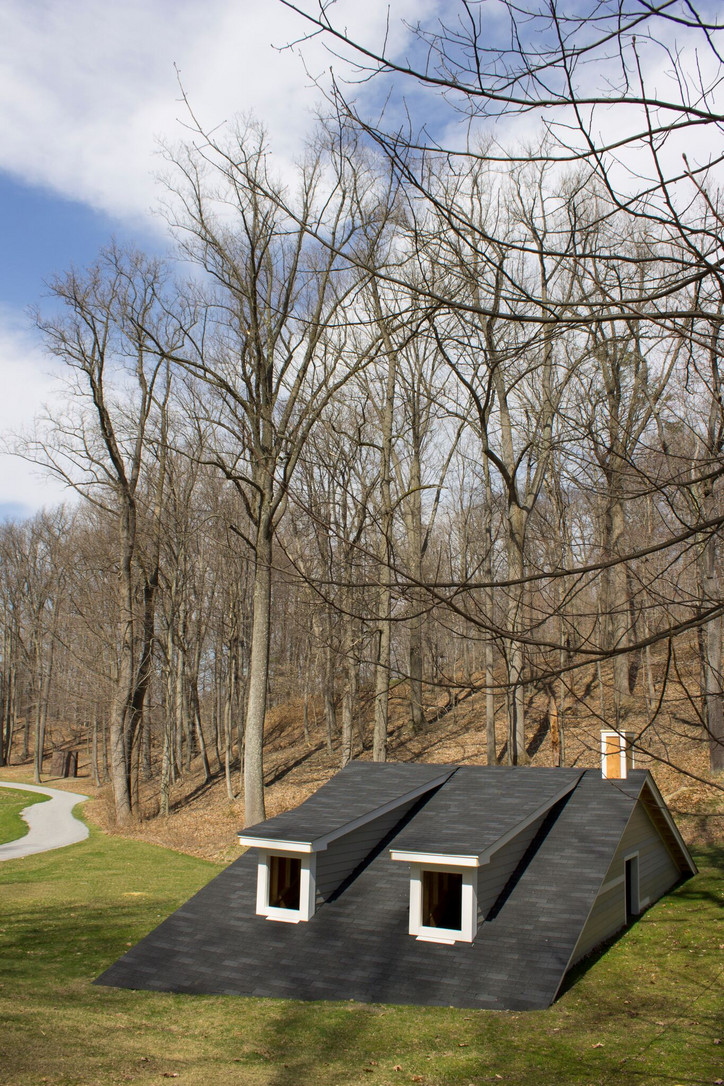
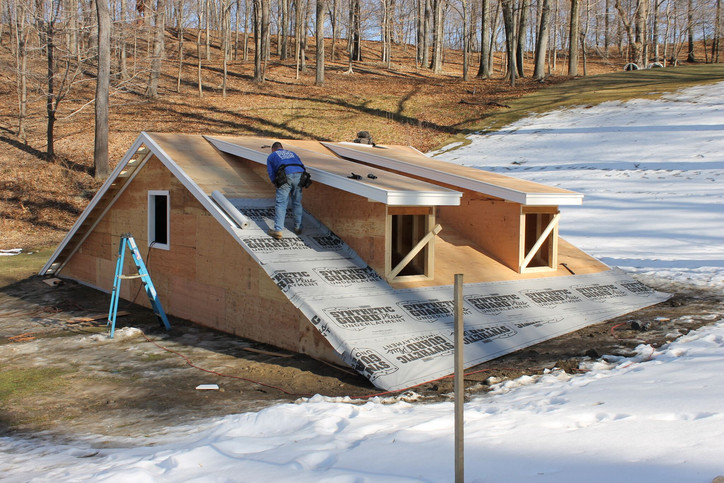
The two aims of your work is to create "a site-specific liminal space for personal reclamation but also in unpacking dominant narratives and creating alternatives to them.” How do you think the two complement each other? Or do they?
The idea that I can unearth alternatives to dominant narratives reflects the liminal space that I look to examine. I want the visitor to involve themselves in this process, so I want to create work that is open to the visitor's frame of reference, thus making my piece a liminal space and questioning the idea that there can ever by one read on a narrative. I want the visitor to think about the fact that in this space of Storm King, there are countless reads to its history and presence, and they can also be included in that reading process.
Tell us about the relationship you have with Storm King in terms of support and collaboration.
Storm King has been really fearless in its support of me. They really understand and trust what I do. I was able to collaborate with not only the curatorial team but the founders and the education and public programming team to plan the piece for the season. I'm really excited for what is in store to activate the roof!
What do you want visitors to take away from the experience of your work?
Whatever they'd like really. But I hope, like I said above, that after the playful stage that they can get to a more contemplative self-examining stage and let the piece and the experience echo in their lives a bit after they leave.
Outlooks: Heather Hart is on view at Storm King from May 13-November 26.
